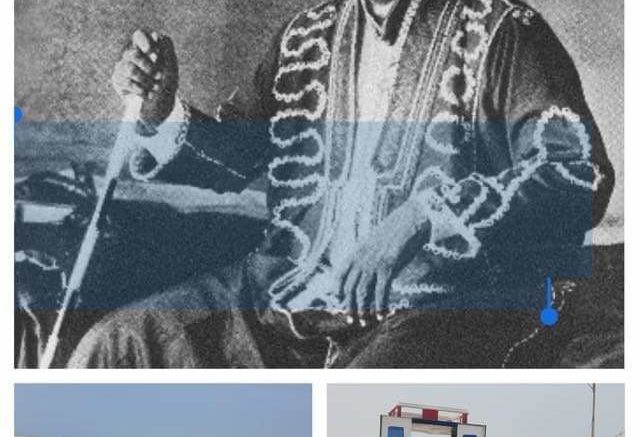HOBYO SULTANATE; A Historical Reflection.
Osman AidarusJust now·14 min read
DISCLAIMER: While reading this piece, you’ll at several occasions come across the names of some Somali clans. The sole reason of mentioning them is for EDUCATIONAL PURPOSES.
Founded in 1867, the Sultanate of Hobyo is one of the historic Somali realms that predate the era of colonialism. It is named after its capital city, the coastal town of Hobyo. The town of Hobyo is located in the Mudug province, in the central part of Somalia.
Inception
It was established by Yusuf Ali Yusuf Boqor, nicknamed Keenadiid. The future Sultan Yusuf was born in the year 1837 in Alula, a historic coastal town in the province of Bari in the far eastern part of the Somali Peninsula.
He was born into a royal family that back then ruled roughly two of Somalia’s 18 provinces, namely Bari (Somalia’s largest province), Nugal and some parts of Sanag. The kingdom was called “The Majerten Kingdom” or in Somali, “Boqortooyada Majeerteeniya”.
From a young age, Yusuf developed a talent for conducting business, forming solid alliances, and fighting and winning battles.
It was obvious early on that he stood out from his contemporaries, given his ambition and ardor. As the result of his desire for the throne, he twice assembled a group of loyal troops and orchestrated coups in an attempt to overthrow the king.
In fact, his nickname explains the kind of rebel he was. If we break down the name Keenadiid, it’ll be a combination of “Keeno” and “Diid”. When herding Camels, there are two kinds of ropes fastened and used together on the pack animal to make sure it doesn’t unleash and cut loose. One of the ropes is called “Hoggaan” while the second is called “Keeno”. After a personal row between him and his cousin the King, some friends and family members reached out to him to ask him about the strife, to which he then replied with the following: “Awal baannu hoggaan ugu jirnaye, haddana ma keeno ayuu noogu daray”?. This roughly translates to “We (the governed) were in his tight grip before, and now he wants to tighten it furthermore”. And on the spot one of the visitors uttered the name “Keenadiid”, meaning the objector.
After years of feuds, he, along with some trusted friends and relatives, decided that since he couldn’t take the throne here (Majerteniya Kingdom), they should go and create their own realm someplace else.
There is a story that, while searching for a place for a new kingdom, two places were the favourites; HOBYO and SOCOTRA (an island between Guardafui Channel and Arabian Sea under the rule of Yemen).
Hobyo was selected because its outstanding landscape offered fertile soil for agriculture, offered pastures for livestock to graze, and had both a sea and a port that allowed traders to import and export merchandise and fishermen to fish. People have always believed that coastal cities are the cradle and bedrock of civilizations.
As the entourage arrived at Hobyo, they were transporting a ship full of commodities, food supplements, and weapons. They spent days meeting the inhabitants who mostly hailed from The Habargidir clan, a sub-clan of the larger Hawiye tribe. Hobyo was then inhabited primarily by the Sacad, a sub-clan of Habargidir. Meetings were held to persuade the populace to form an alliance, a Sultanate, where they were not only ruled but also involved in decision-making.
Using his prior experiences, Kenadid explained why he would make a great leader. His emissaries included poets who did an excellent job of persuading people with poetic words filled with wisdom. Eventually, the locals agreed to form the Sultanate. That result came solely from negotiations; no form of violence or subjugation was used. Hobyo was the capital and administrative center for the newly-born Sultanate’s rule, but later became just one of many cities the Sultanate’s authority would control.
Structure of the Sultanate
Unlike the other realms in use at the time including Kenadid’s own (the Majerteniya Kingdom), this one was a bit different in terms of its structure. It reflected contemporary modes of government.
Executive-wise; he appointed governors to the cities called in Somali (Naa’ibbo in plural form, Naa’ib in singular). Those governors were reporting their duties to a Chief of Governors (Primo-Naa’ib) who was in turn also reporting to the head of the realm, the (SULTAN). The chief of the governors was Osman Sharmarke, a cousin of the Sultan and the father of SYL’s founding father, Yasin Osman Sharmarke.
Judiciary-wise, one key factor which made this Sultanate dissimilar to the other realms was the fact that the Sultan adopted Islamic Sharia as their constitution, whereas the Majerteniya Kingdom for example used “Xeer-Soomaali”, a traditional legal system of Somalis derived from the Somali culture as the basis for it’s judicial rulings.
The Sultan brought many Islamic Somali scholars from Soomaali-Galbeed/Ogadenya. Most of them hailed from Ogaden, a sub-clan of Darod. They were appointed judges in various cities under the Sultanate’s rule. Some of those judges and the cities whose courts they steered include;
▪ Sheikh Ahmed Dheere, Ogaden. A judge in Hobyo.
▪ Sheikh Abdi, Ogaden. A judge in Hobyo.
▪ Sheikh Qasim, Ogaden. A judge in Hobyo.
▪ Sheikh Nuurre, Ogaden. A judge in Hobyo (Sheikh Nuurre didn’t serve that long and was an interim judge).
▪ Sheikh Aadan Yare, Ogaden. A judge in Galkacyo.
▪ Sheikh Xaaji Xasan, Ogaden. A judge in Xarardheere.
One may wonder and ask themselves why all of those judges came from the same tribe. The answer put simply is that among Somalis, Soomaali-Galbeed was known to be the favoured destination of anyone aspiring to get well-versed in Islam. There were a great number of well-known Islamic clerics who studied Islam in that region.
The Sultanate also managed to build a robust inclusive army. The army’s commander was Omar Samatar, a veteran warrior and tactician. Omar had deputies like Hersi Guushaa with whom he consulted whenever carrying out a raid or resisting one. This army consisted of the Hawiye, Dir, Darod and even some of the marginalized Somali clans. The fact that they were diverse and depoliticized made this army defeat many more powerful enemies. One famous battle they won was the fight against the Omani Sultan of Zanzibar, Sultan Barqash Sayyid Bin Al-Busaid who ruled many coastal towns in east Africa and tried to make Hobyo a territory under his rule. He and his troops were fought tooth and nail by the Sultanate’s army and were embarrassingly defeated. This army will also eventually fight against the Italian colonizer and will kill many of their high-ranking officers in the battlefields, eventhough they’ll lose the big war at the end.
Challenges
There were many internal and external challenges for this sultanate. For one thing, the inception process was not easy. Somalis have a long history of inter-clan fighting, and the clan of the Sultan and some of his people weren’t the best of friends. When dealing with delicate matters like forming an authority, distrust and suspiciousness play a major role. Yusuf had a tough time forming an alliance with the diverse tribes living in Mudug, Galgadud, and Hawd reserve areas, as well as parts of Hiiraan.
Once the establishment was over and the ruling began, it only became tougher as he was under scrutiny and in the spotlight. It was always a possibility to expect wars, either from other rival Somali authorities like the Dervishes, or sometimes from foreign enemies like the Omani Sultan. It’s fair to say that the leaders didn’t perform as badly as they could have considering the situation and the capabilities at the time.
The Treaty with the Italians
Around four years after the Berlin conference, the Italian coloniser contacted the Sultanate of Hobyo. Their suggestion was for the Sultanate’s leadership to enter into a treaty with them, a treaty that would make the Sultanate an Italian protectorate, and in return, the Italians promised not to interfere with the Sultanate’s rule and day-to-day decisions. He discussed the matter with the other officials, who decided it is plausible and deemed it joinable. In light of this, the sultanate signed the treaty with the Italians.
The treaty won’t however last that long, as the Italians will fail to live up to the basis of the treaty- not interfering with the Sultanate’s decision-making process.
In the year of 1903, Somalia’s two colonisers Italy and Britain decided to jointly attack and uproot the Dervishes whom they found very disturbing. Hoping to take advantage of the big rivalry and recurrent conflicts between the Dervishes and some of their protectorates like Hobyo Sultanate and the Majertenya Kingdom, they tried to let them in on the raids which they both swiftly rejected.
There is a famous saying where Kenadid uttered the following words; “Sayidka si walba oo aannu isu hayno, nin iigaga shisheeya u raaci maayo”, which can be translated to, “Me and the Sayid might have our own differences between us but I’ll never aid a foreigner in attacking him”.
At first, the coloniser’s tone was suggestive. Then it became mandatory. However, the Sultan rejected their intimidation and remained steadfast in his decision. When the colonisers decided to detain him, they invited him and his son Ali to a gunboat and sent them to a jail in Asmara, Eritrea, another Italian colony. Upon arrival, the colonists deposed him. Yusuf and his son were detained in there for years, and Yusuf’s health deteriorated in particular. While there, he contracted diabetes and lost his sight.
Here is what The New York Times wrote about Kenadid’s detention on February 5th 1903.

It was at that time when the Sultanate’s army majors got very upset with the Italian coloniser-for detaining their Sultans. They started a series of raids targeting the Italian corps and their top commanders. Under the instruction of the army commander Omar Samatar, military offences against the Italians were carried out in several towns including Ceelhuur, Ceeldheere, Budbud and Buula-barde. These offences resulted in the death of several high-ranking Italian generals the most famous amongst them being Lieutenant-colonel Guido Splendorelli who was assassinated in a raid that occurred somewhere between Budbud and Buula-barde.
A unique Sultanate; different than it’s likes
Hobyo sultanate along with the Majertenya kingdom and the Warsangeli Sultanate formed the three most prominent ruling authorities throughout Somalia at the time. They’ll be later joined by the Sayid and his Dervishes.
Even-though both the Majertenya kingdom and Warsangeli sultanate were way older than Hobyo sultanate, the latter during a short period of time accomplished what the two couldn’t in longer time. Aided by the diverse nature of it’s populace and the contemporary style of governance it adopted, it easily became a shining star.
▪ Dissidents favoured the destination; Hobyo harboured dissents and rebels who felt threatened under her rival authorities. A welcoming-accommodative-ambience was created which resulted in a mass relocation to Hobyo. Among the prominent dissidents who at some time came to Hobyo and received a grand welcome was Cali Aadan Goronyo-Cali Dhuux, a poet and an acclaimed fierce critic of the Dervishes. Another popular person was Gabay Awayti, a traditional elder (Garaad) who like Cali Dhuux was a renowned critic of the Sayid and his Dervishes. Both men hailed from the Dhulbahante clan. Many other weighty critics who were in some-ways angered by the Majertenya kingdom also joined the sultanate between now and then.
▪ Hobyo had a penchant for education; in Hobyo, the academic aspect was dynamic. It was the birthplace of one of the most famous Somali poetic serials, known as “Silsadda Halac-Dheere”. It has a long exciting history behind it but in brief, it was two sub-clans of the Darod (Harti and Ogaden) rivalling and mocking each other through poems. It was going on for about 3 years (1905–1908). Some of the most renowned Somali poets partook in this poetic serial. Some of those poets are;
1. Gooni Abdi Haji (poet and spokesman of Hobyo sultanate)
2. Sayid Mohamed Abdille Hassan (Founder and leader of the Dervishes).
3. Ismail Mire (Top-ranking commander of the Dervishes, a confidant of Sayid).
4. Qamaam Bulxan (One of the all-time greats when it comes to Somali poetry).
A sum of 9 poets partook in this legendary series and produced a total of 12 poems.
Another famous academic achievement under the sultanate was the invention of the first ever Somali script by the sultan’s son Osman Yusuf Kenadid in 1920. The script which has an enticing history deserves a treatise of it’s own but briefly explained; Osman like many who wrote at that time used a script which was called “Far Wadaad” or the “Cleric’s script”. Far Wadaad was about writing Somali words and phrases in an Arabic form. It wasn’t a Somali script and that didn’t sit write with Osman. He racked his brains and came up with the Osmania script, a script that would run from left to right of a page, with that applying to both letters and numbers. Osmania was the script the anti-colonial movement of SYL wrote their documents with and tutored with in their schools. The adoption of this script by SYL was very easy and smooth due to the inventor being SYL’s top advisor. Osmania became too popular in all Somali lands and even reached overseas (the likes of Yemen).
The colonial powers didn’t however like the ideation of Somalis using a script of their own while leaving and ignoring the Latin, which led them to try their hardest to hinder Osmania’s proliferation. They using their minions launched a verbal smear campaign against the script capitalizing on the Somalis’ main Achilles heels; tribalism. They labelled the script as a “Majerten”, “Darod” project in hopes to drive the rest of the clans to abandon using it. They didn’t succeed much with the smear so they started destroying the centers where it was taught and burning whatever documents it was written with that they got a hold of. Osmania was the most popular used script in Somali territories until 1972 when Siyad Barre with a presidential decree stated that Latin will be adopted as the country’s script.
▪ Closest authority to Inclusiveness; due to the diverse nature of it’s populace and the prudence of it’s rulers, Hobyo sultanate was the most inclusive polity in Somalia’s modern history. Every seat wasn’t occupied by the ruling family. Decision-making process had to go through a variety of layers comprising people from different tribes. The army’s commander wasn’t from the ruling family’s sub-clan. Some of the governors of major cities weren’t the ruling family’s relatives either. For example, one of Xarardheere’s lengthiest governors was Xassan Maxamud Dhunkaal nicknamed Xassan Kharaab. Xassan hailed from the wrongfully downtrodden Somali clan of Madhibaan. Another fellow Madhiban governor was Bootaan Geeddi who governed Galkacyo at some-time. Then there was Xaaji Axmed Liibaan who also governed Xarardheere at some point. Xaaji Axmed was from Sacad-Habargidir-Hawiye. And as mentioned prior, most of the judges in the sultanate’s courts were from the Ogaden clan.
Contribution to freedom
The sultanate of Hobyo had a dignified and crucial role to play in Somalia’s freedom-seeking feat. After it’s collapse in 1925, most of its ruling family members were either jailed by the colonizer or willingly relocated to Somalia’s capital city of Mogadishu.
It was in less than eighteen years from it’s collapse when Yasin Osman Sharmarke, son of Hobyo sultanate’s Chief of governors/Primo Naa’ib Osman Sharmarke Yusuf, founded the distinguished freedom movement of SYL.
Yasin, who was born and grew up in Hobyo completely embodied the sultanate’s spirit and vision for Somalis. He was only 26 years of age when he along with 12 other youth, his younger brother Dahir included, launched the Somali Youth League which was at first called Somali Youth Club (SYC). The club was initially an educational, youth meetings and awareness-raising hub, but it gradually evolved into an effective large-scale freedom-seeking movement. Studded with genuine patriotic open-minded youth, it was bound to propel.
As the story goes, Yasin shared the idea first with his dear friend and fellow founding father, Abdulqadir Sheikh Sakhawaden. In their educational centers, they taught their fellow youth in Mogadishu the little English, Arabic and Italian they knew. Somali poetry was also taught in SYL’s schools. The coloniser, however started a drastic clampdown campaign against those schools which were gaining a huge momentum among the Somali youth. They of course were so worried about SYL’s burgeoning publicity and rightly so, because it was SYL that eventually drove them out using the means of knowledge and diplomacy.
Among the factors that contributed to SYL’s excessive fame was the weighty cadre of poets it had in it’s ranks. Those poets declaimed many poems calling the public to endorse these home-grown patriotic freedom-fighters. Somalis are an oral community who communicated through poems and thus, the story of SYL through these poets reached all of the Somali territories. Among those poets were Osman Yusuf Kenadid and Abdullahi Suldaan Timacadde, along with many others may they all be blessed.
Collapse
The sultanate, which was established in 1867, collapsed around 1925. During its existence, it ruled for some sixty years. In the last ten years or so, it hasn’t been as strong and effective as in the years prior. This weakening can be attributed to a variety of factors, including a full-scale war with the Italian colonisers and a deep split within the dynasty, which first appeared when Ali Yusuf Kenadid succeeded his father. Ali was not as persuasive and well-tempered as his father, which resulted in many controversies and conflicts between him and the people.
Although Hobyo’s sultanate didn’t last as long as some of its Somali adversaries, it achieved many things it was the first to accomplish within a short period of time. It showed that Somalis can build alliances and share governments despite coming from different backgrounds and belonging to dissimilar clan affiliations. As an example, it demonstrated that a cosmopolitan, rather than a homogenous, authority is mostly beneficial and that diversity is an essential component of a successful modern-day government. In the end, it gave Somalis the best possible gift, SYL.
Some of Hobyo sultanate’s notable figures
Yusuf Kenadid- first sultan and founding father born in 1837, ruled (1867–1911).
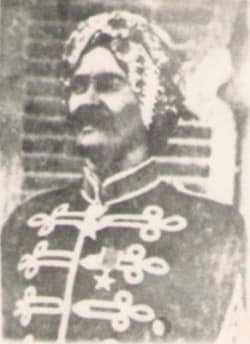
Ali Yusuf Kenadid, second and last sultan. Ruled (1911–1925).
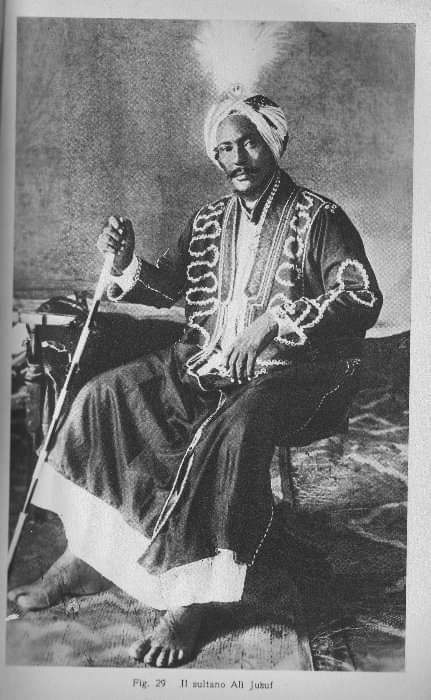
Osman Sharmarke Yusuf, chief of governors. Father of SYL’s founder.
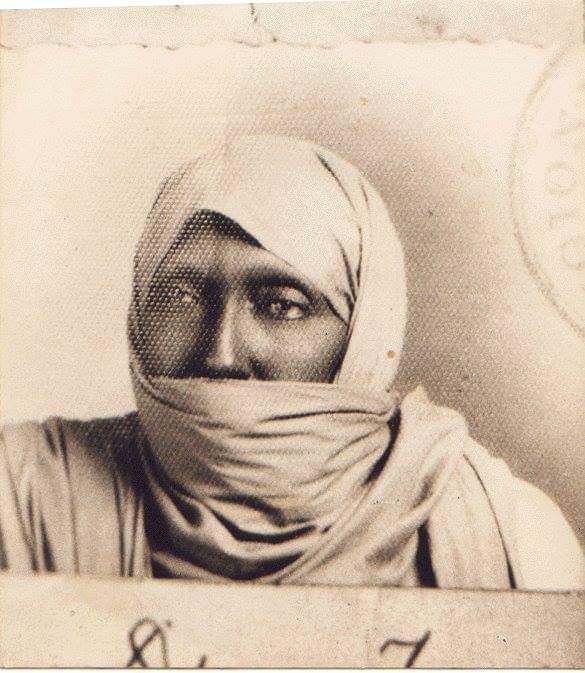
Osman Yusuf Kenadid, son of the first sultan and brother of the second. Born in 1899 in Ceelbuur. Poet, Inventor of the Osmania script and senior advisor to SYL.
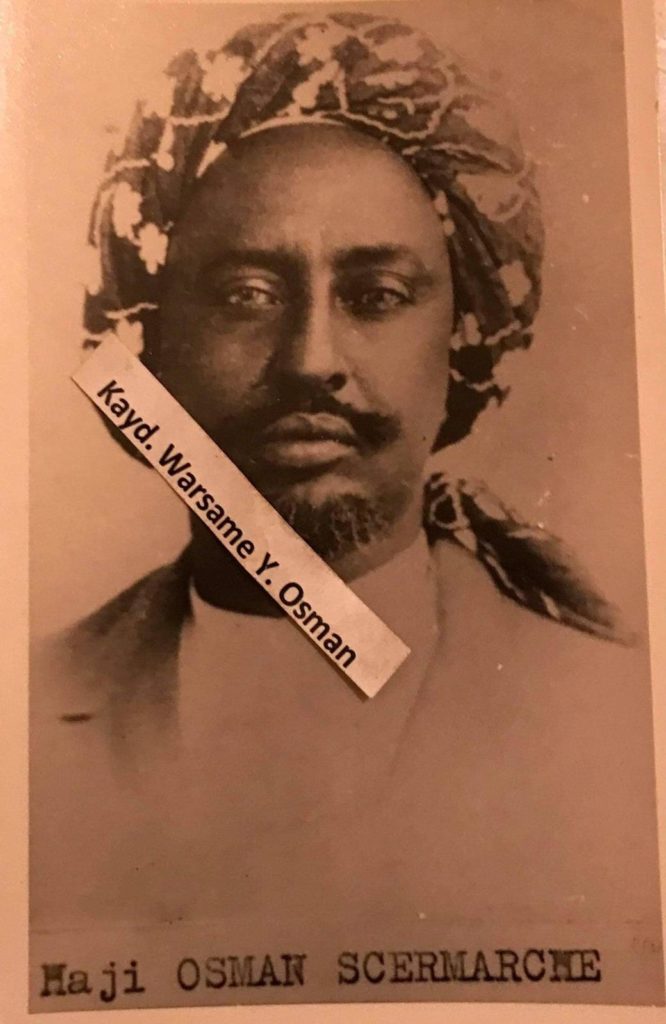
Yasin Osman Sharmarke, founder of SYL. Son of Hobyo sultanate’s Primo-naa’ib.
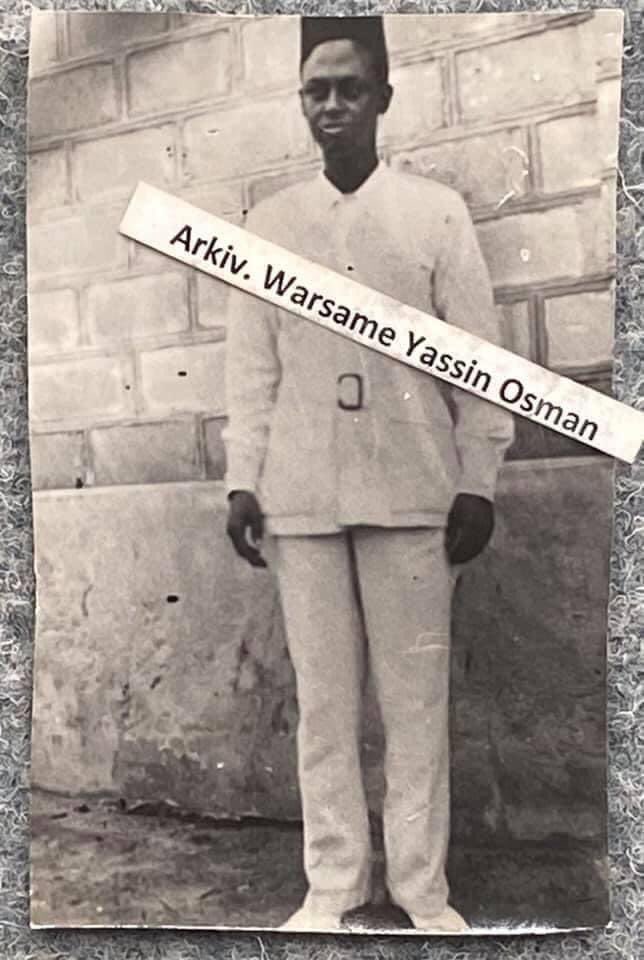
Haji Bashir Ismail Yusuf, first president of the Somali national assembly. Served as minister of health and labour between 1966–1967.
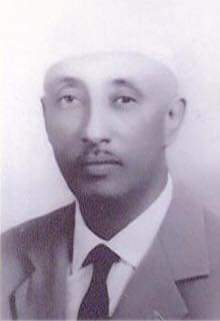
Abdirashid Ali Sharmarke, Prime minister and President of Somalia.
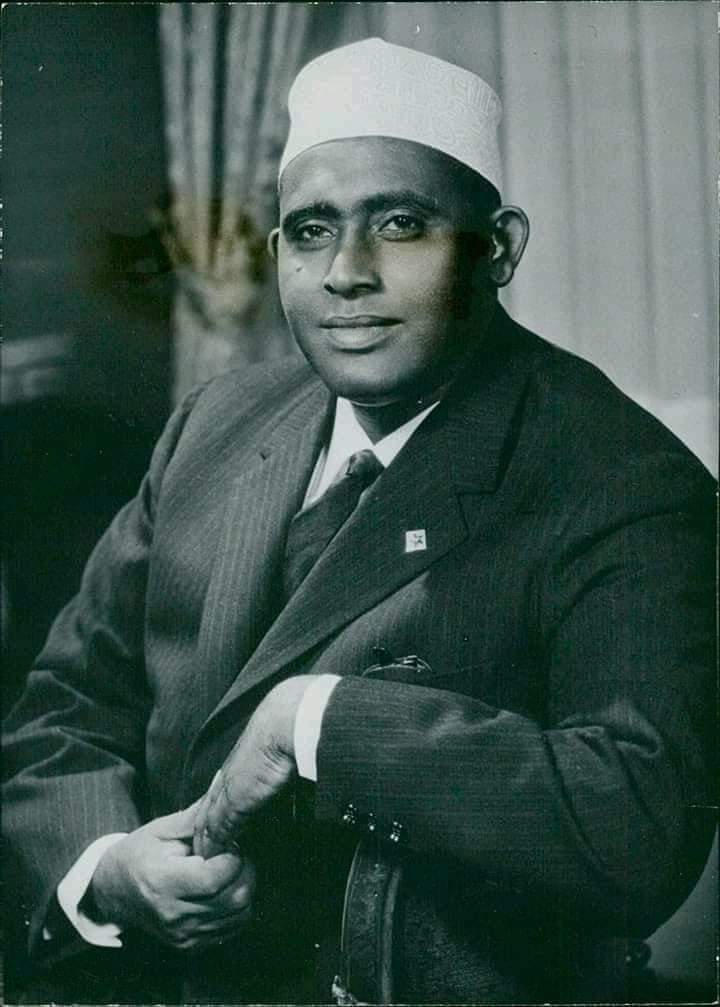
Omar Samatar, commander of the sultanate’s army. When the sultanate’s army were defeated, Omar with his army went to Ethiopia to help them fight the Italians. A Pan-Africanist.
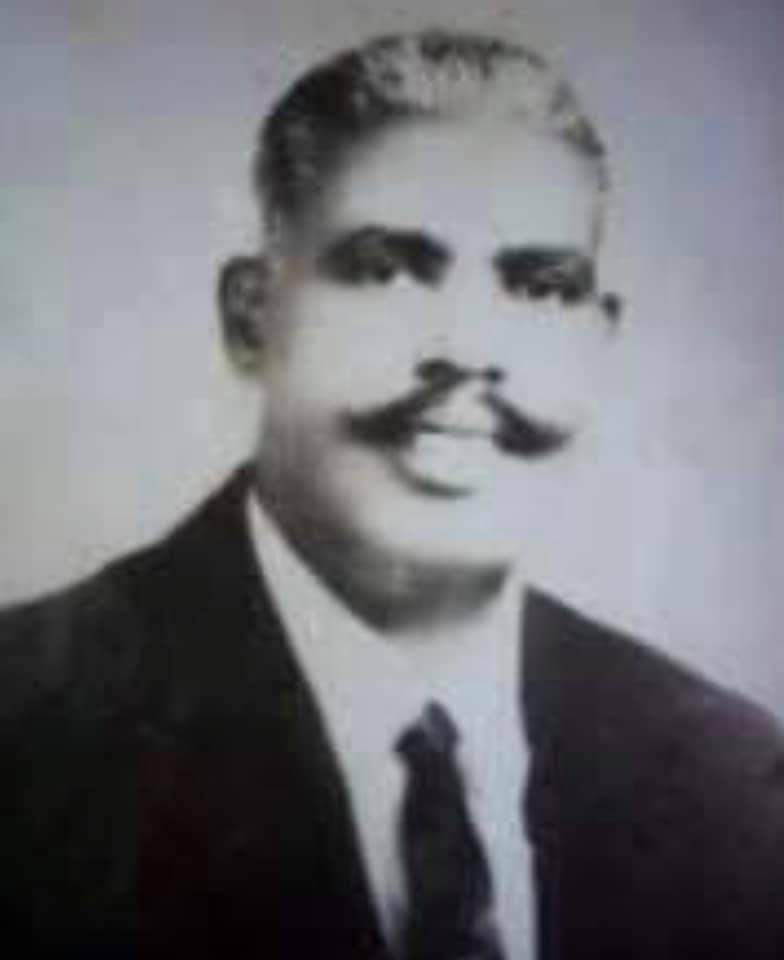
Writer’s comment: Dear reader, I’m glad that you’ve made it this far. This long-read article has probably taught you some new things about the sultanate of Hobyo and shown you things from a different perspective. It is impossible to state every single detail in one article but this piece is the beginning of what I hope will be a series of articles that will further in-depth dissect the sultanate’s history and if possible, extend the reach to other realms that have existed in our country. Thank you!
END
Discover more from Idil News
Subscribe to get the latest posts sent to your email.

